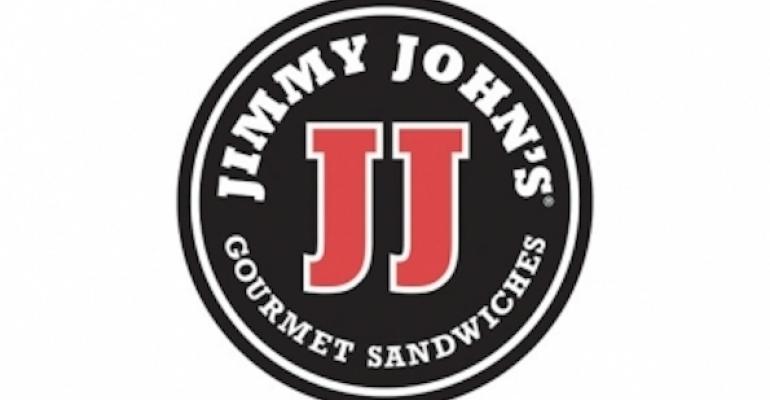 This post is part of the On the Margin blog.
This post is part of the On the Margin blog.
Gas prices are low and the economy continues to add jobs. More than half of restaurant chains said sales increased in October. And public company same-store sales in the most recent quarter were pretty good, outside of casual dining.
And yet more restaurant company executives on earnings calls and in interviews have talked about a challenging environment. Consider:
Jimmy John’s CEO Jimmy John Liautaud told Bloomberg that one of the reasons he opted against an initial public offering was so he can concentrate on running his business in what has become a tough environment for restaurants.
Sandra Cochran, CEO of Cracker Barrel Old Country Store, cited heightened consumer uncertainty on her company’s earnings call. “It’s a very tough environment out there,” she said, “and many competitors are responding to it by offering deals and supporting those with a lot of media.”
And earlier today, Bob Evans Farms Inc. executives suggested that consumers aren’t spending as much. “Consumer spending has slowed,” CFO Mark Hood said. “Competitive promotional activity has become more prevalent.”
Evidence of a downturn in the restaurant industry is sporadic at best, at least so far. For the most part, restaurant industry sales indices have been positive, particularly outside of the casual-dining sector.
Yet there are some signs that consumers are a little worried. The Consumer Confidence Index from The Conference Board declined in November to 90.4 from 99.1. That was largely on the basis of a decline in expectations, though consumers’ view of their current situation declined, too. If consumers believe things will get worse, they might hold back on spending.
The problems with casual dining do suggest that a large segment of consumers don’t feel wealthy enough to pay the higher prices associated with those restaurants that they once did.
Traffic across the industry has been tougher to come by. And discount dining is definitely on the upswing. Or, at least, restaurant chains are realizing that their decisions to shift away from discounting strategies that carried many of them through the recession were premature.
McDonald’s Corp. tried shifting away from its Dollar Menu nearly three years ago now. That shift has received much of the blame for the chain’s poor performance since then. The chain’s response has been with a “McPick” menu, starting with a 2-for-$2 promotion this January that brings back the $1-per-item price point.
Wendy’s, likewise, is working to get value customers back with a 4-for-$4 bundle and promises to continue that promotion for some time. Burger King has generated a lot of business by selling 10-piece chicken nuggets for $1.49. Both of those promotions have worked wonders.
Bob Evans, like other chains, has struggled to emerge from a discount-heavy strategy. Its average check increased. Its traffic fell by 5.7 percent, and same-store sales fell 3.2 percent. Discount strategies are risky. But they may be necessary in an era in which the industry is struggling to generate sales.
Then again, the restaurant industry is highly competitive. There are a lot of restaurants, and businesses like convenience stores and grocers and retailers are all working to sell more prepared food. When there is that much supply out there, prices are bound to come down and consumers are bound to get picky. Even in a growing economy.
Contact Jonathan Maze at [email protected]
Follow him on Twitter: @jonathanmaze

